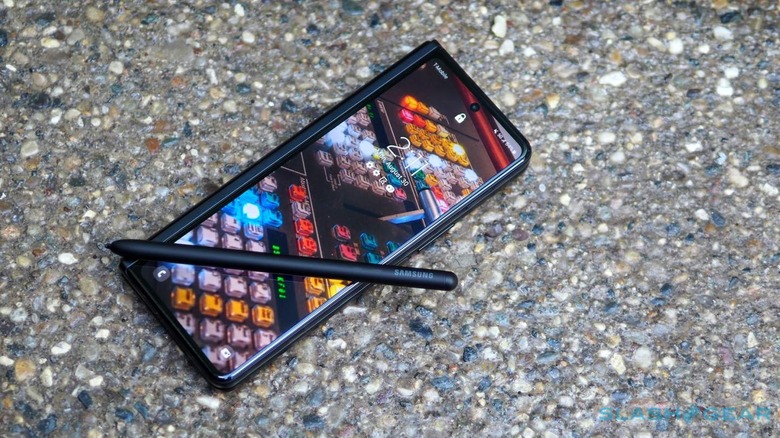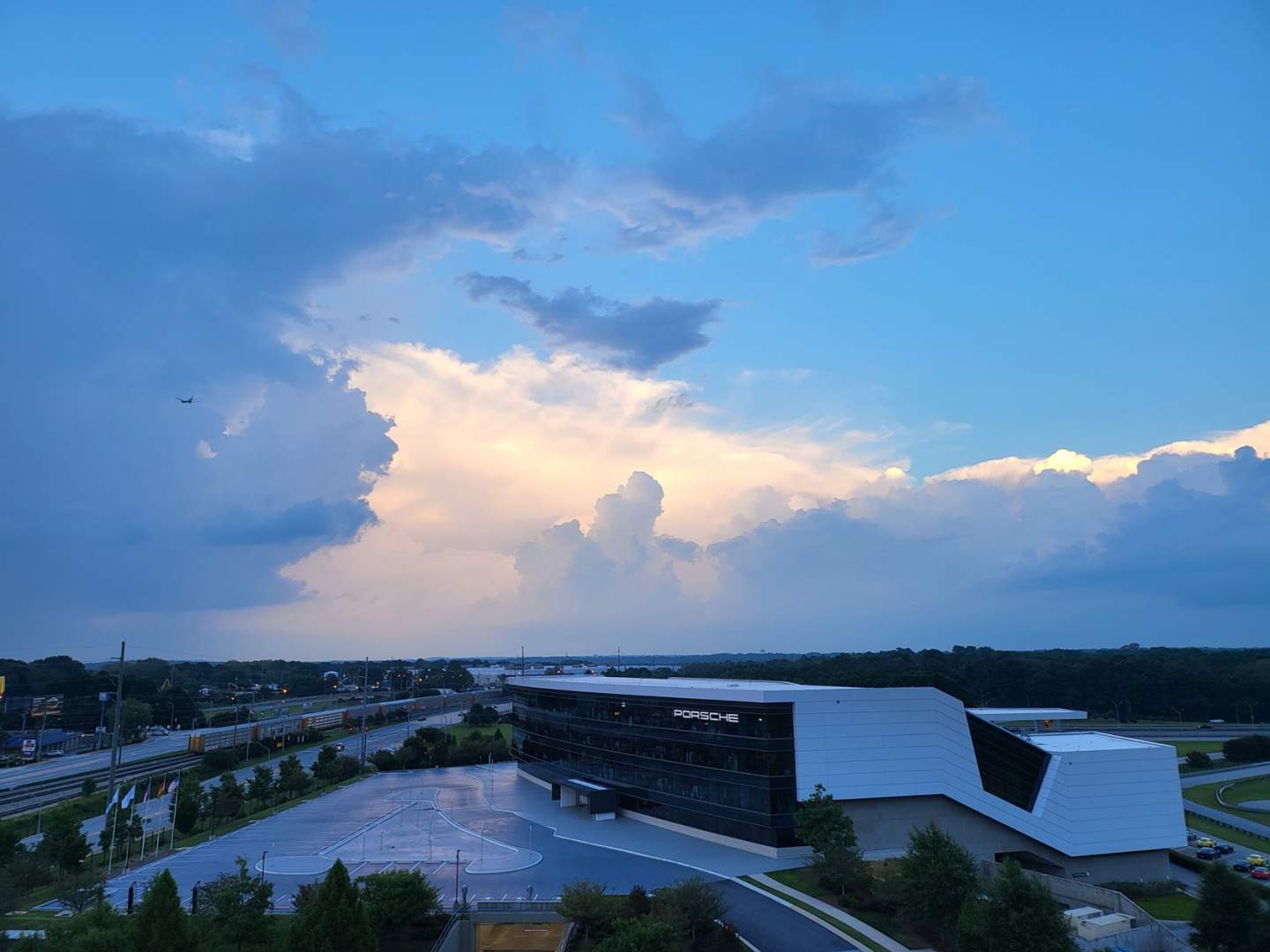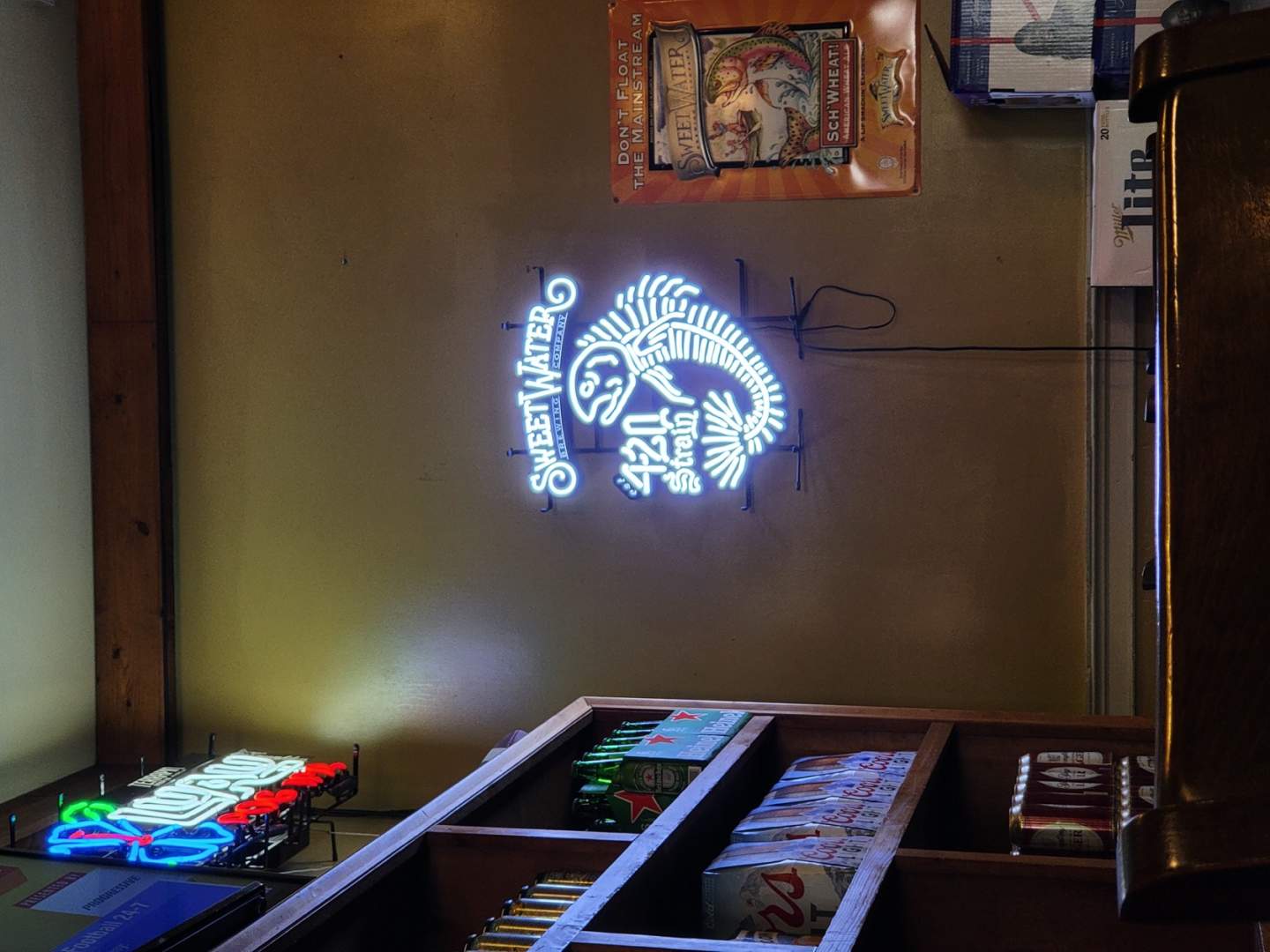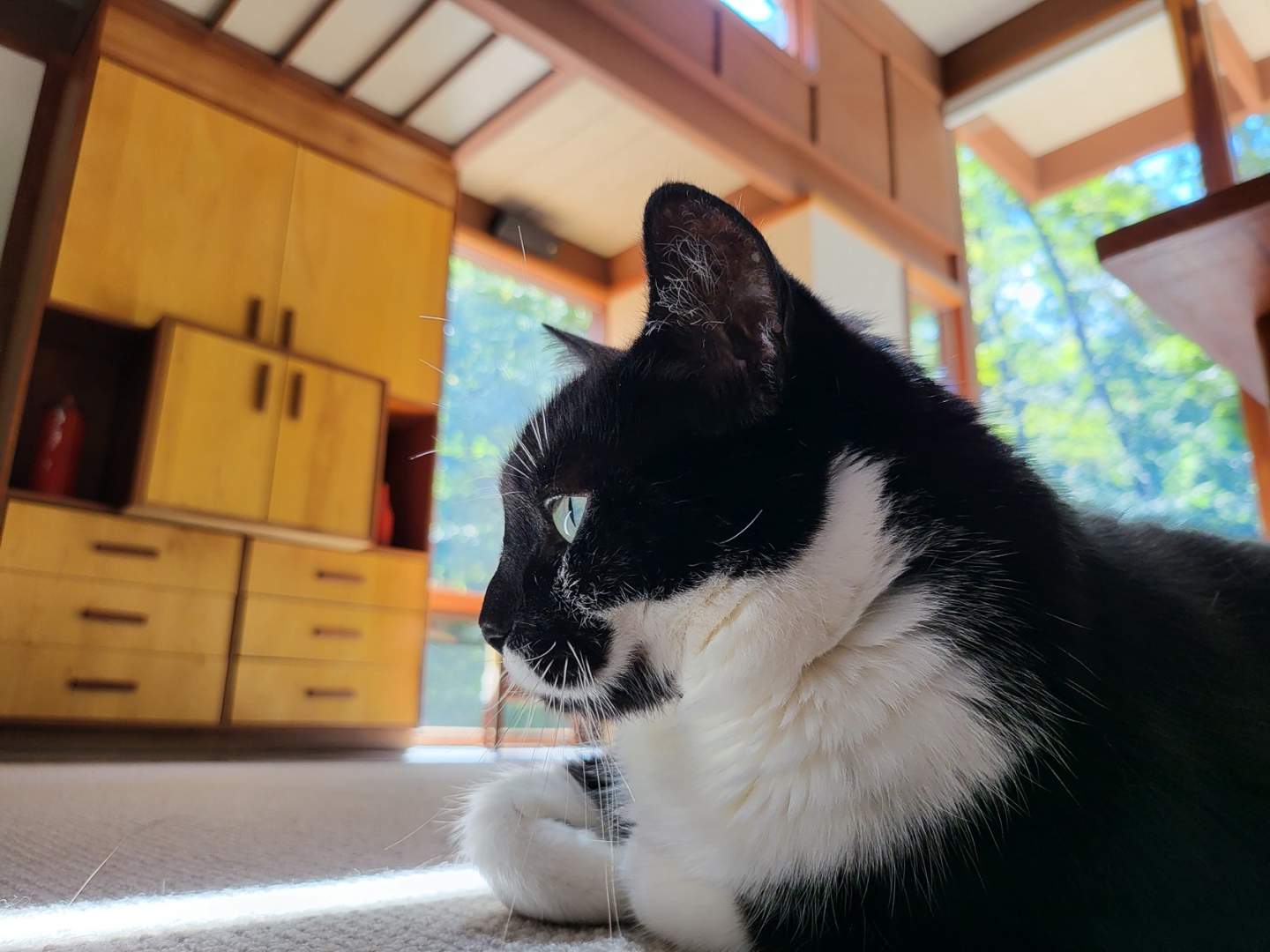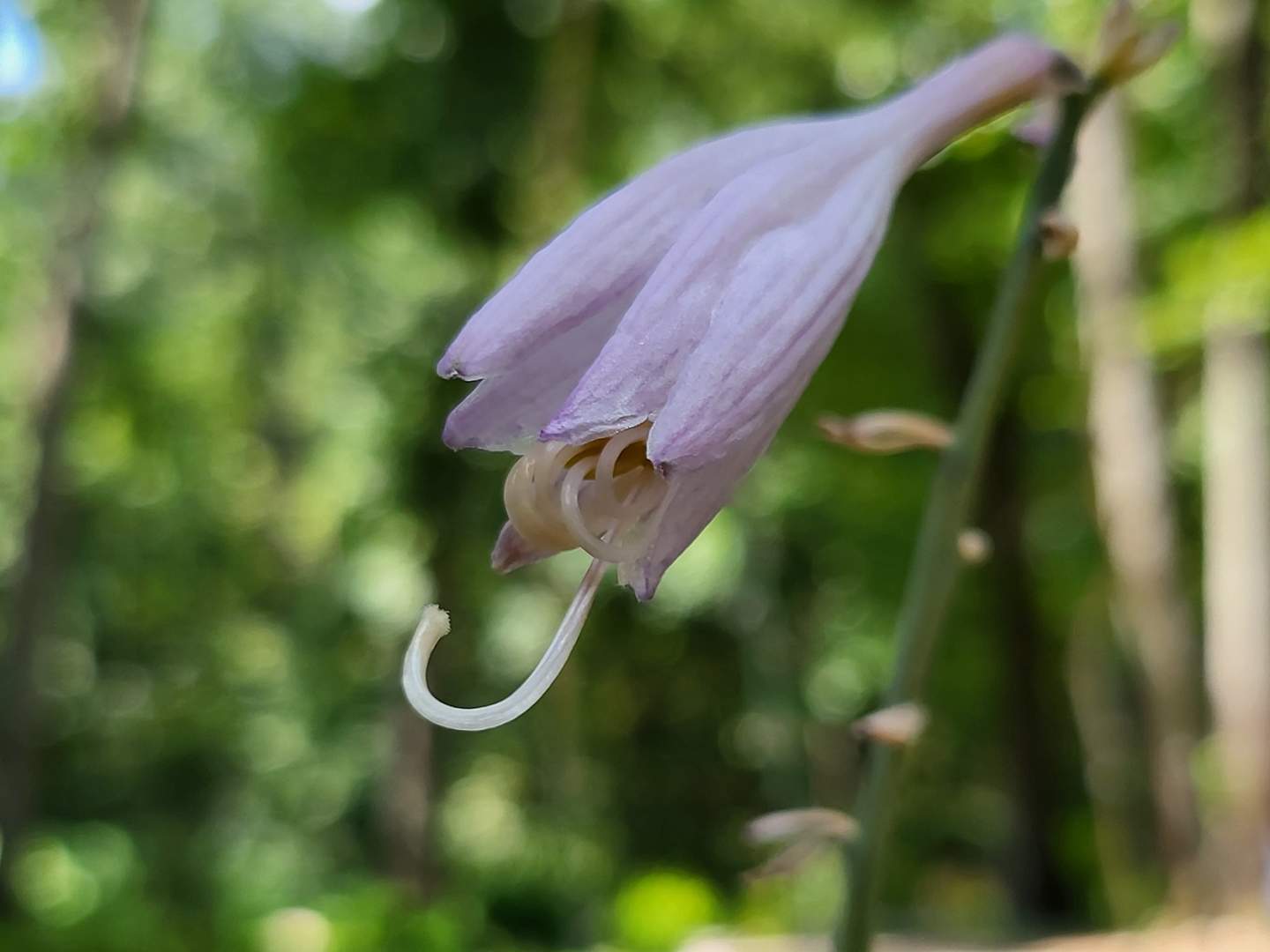Samsung Galaxy Z Fold 3 Review
- Foldable design feels like the future of phones
- One UI 3 makes apps usable on an Android tablet
- Cheaper than previous Fold models
- Waterproofing adds reassurance
- Still incredibly expensive for a phone
- Cameras are good, but not stand-out
- Under-display camera is distracting
- S Pen sold separately and there's nowhere to store it
The future makes skeptics of us all, and folding phones like the Samsung Galaxy Z Fold 3 still face an uphill battle. While the third generation of the range-topping foldable costs less than its predecessor, at $1,800 it's still a laptop-priced commitment to a form factor that remains controversial. Samsung's strategy – throwing the works at the Fold 3 in the hope that something sticks – doesn't necessarily help there.
As in previous years, Samsung's flagship is a who's-who list of its divisions' best and brightest tech. An upgraded flexible AMOLED panel, a quintet of cameras including an under-display sensor, and what may be the strongest pitch for One UI so far. Life on the bleeding edge, though, also leaves you with a front-row seat to the current shortcomings of the gadget world.
Foldables still feel like magic
Closed, the Fold 3 feels more like a – very thick – regular smartphone, thanks to the larger, 6.2-inch Cover Screen. It's still taller and narrower than what you'd find on, say, a Galaxy S21, but you can do plenty with it. Even typing on the diminutive keyboard is realistic.
Open it up, meanwhile, and Samsung's 7.6-inch Infinity Flex display still feels like witchcraft. The 2208 x 1768 foldable AMOLED panel is a spacious beauty, with a 120Hz adaptive refresh rate and up to 1,200 nits of peak brightness. Yes, the crease down the middle is noticeable sometimes, and you do feel it when you swipe your finger across the screen, but it's nowhere near a dealbreaker.
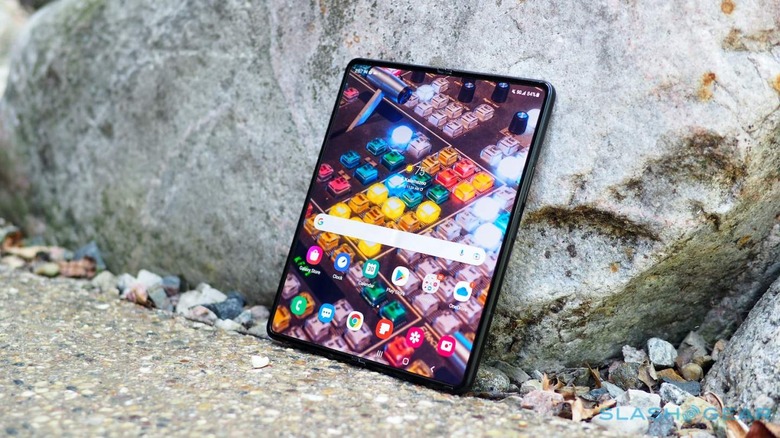
Samsung says its flexible screen tech is sturdier and more glass-like than ever before, not to mention tested with hundreds of thousands of folds. There's IPX8 water resistance too, but no dust resistance: sand and grit remain the enemy of moving components, and while the Fold 3 may cover most of its points-of-entry, that's not infallible. Opening the screen one-handed is pretty much impossible, given the strength of the magnets and stiffness of the hinges, and trying to close it one-handed while avoiding pressing your thumb into the crease is tricky too.
The reality is that this is still a chunky device: 271 grams and 16 mm thick when closed. Whether it's too big depends on if you see it as a very portable tablet or an oversized phone.
Five Fold 3 cameras with (mostly) familiar results
Part of the overall dimensions are to squeeze in all the cameras Samsung wanted to include. On the back there's a protruding array of Galaxy S21 Ultra-like sensors: a 12-megapixel 123-degree ultra-wide; a 12-megapixel wide camera with Dual Pixel AF and OIS; and a 12-megapixel 2x telephoto with OIS and support for up to 10x digital zoom. There's no Space Zoom, but frankly even with digital enhancement the 100x telephoto seemed more marketing hype than useful feature.
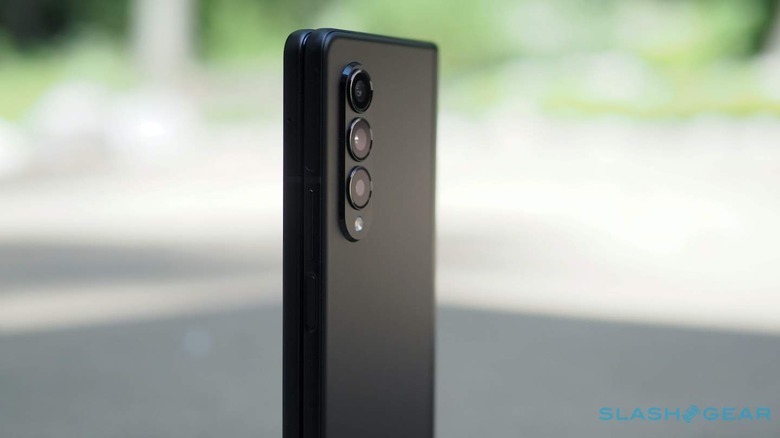
Above the Cover Screen is a 10-megapixel selfie camera with an 80-degree field of view, that takes perfectly satisfactory images. It's inside, though, where things get unusual. Samsung has opted for an under-display camera, lurking – in theory – invisibly beneath the surface of the flexible AMOLED and peeking through its pixels.
I say in theory: the 4-megapixel camera certainly doesn't blend in perfectly. There's a noticeable pixelation there, obvious if you're looking at lighter webpages or other screens. Honestly, it's probably more jarring than a hole-punch camera would be.
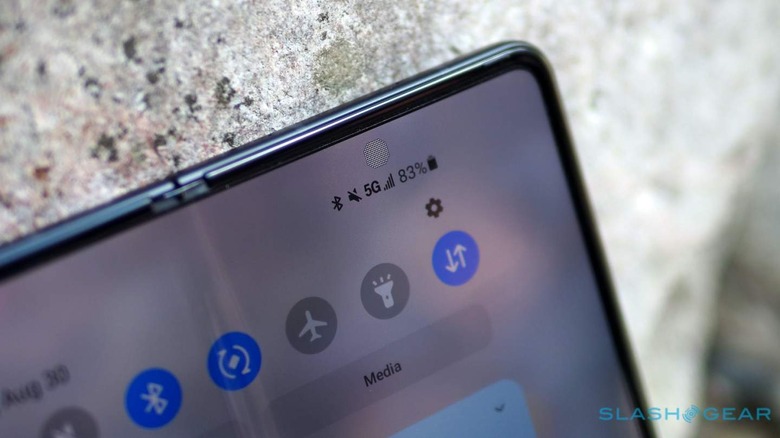
Adding insult to injury, the under-display camera is pretty underwhelming for selfies too. The comparatively low resolution doesn't help, obviously, but the colors are less impressive than the other cameras can capture too. As for the rest of the sensors, the Fold 3 performs pretty much as we've come to expect from any recent Samsung handset. The over-saturation that used to be the Galaxy hallmark has been dialed back, a little, and there's decent dynamic range.
An Android tablet actually worth using
It's fair to say that Android tablets haven't exactly been putting up much of a fight to the iPad in recent years. While Samsung and others push ahead with their slates, Google's OS itself has fallen behind what Apple has evolved iPadOS into.
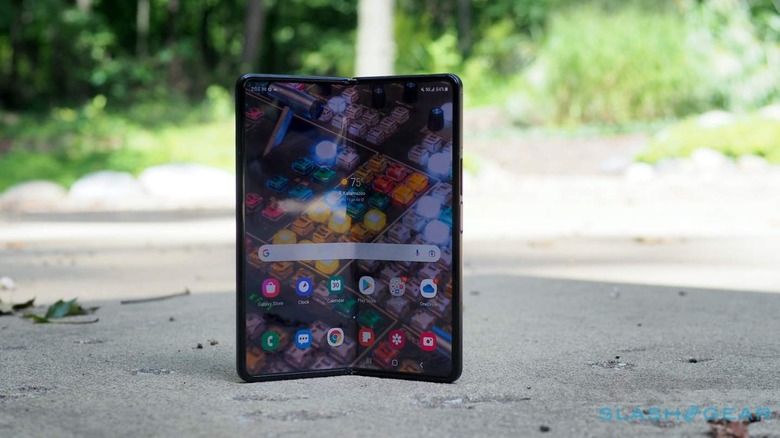
Maybe it's the fact that the Fold 3 doesn't try to be a huge, 12-inch-plus mega tablet and that its dimensions are more akin to a couple of phone screens pushed together, but Samsung's foldable feels more successful than any other recent Android tablet I've tried. We can credit One UI 3 for that, with Samsung's changes on top of Android 11 delivering an unexpected degree of usability once you get to grips with the split-screen and windowed interface.
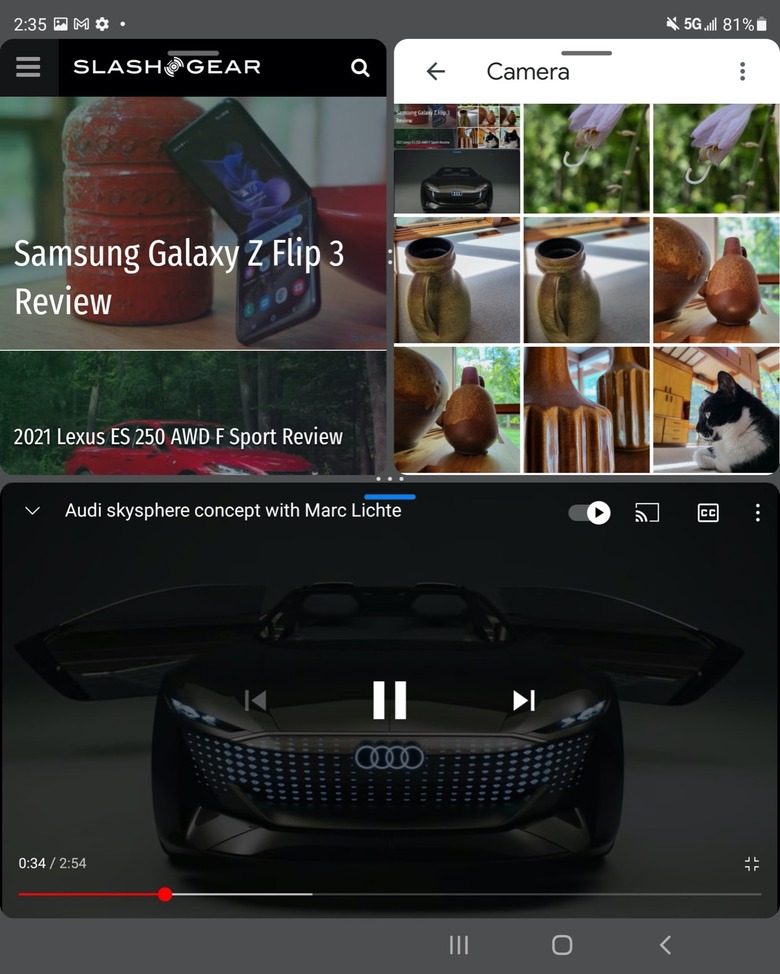
Web-browsing and watching videos on a big screen is, obviously, more pleasant. Some apps – though by no means all – have a UI that reflows to take advantage of the Fold 3's 7.6-inches. In Gmail, for example, you get two columns in portrait orientation and three if you rotate the phone 90-degrees.
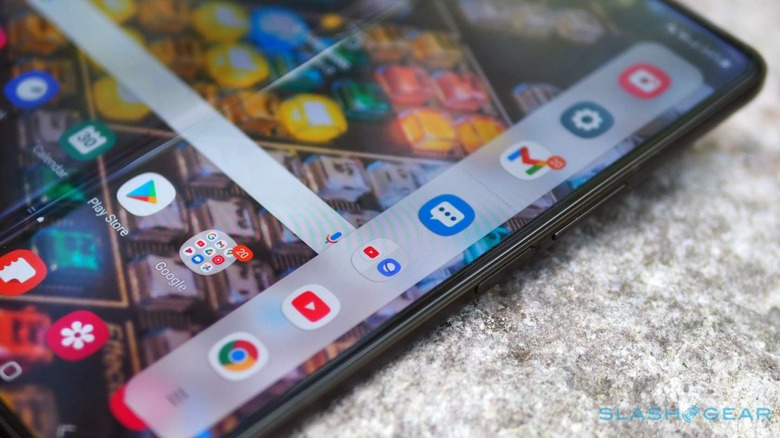
Those apps are the exception rather than the rule, but organizing software so that up to three are visible at once is more streamlined, too. I actually find it easier to do on the Fold 3 than trying to remember iPadOS' combination of dragging and swipes, and One UI 3 allows you to pull the dividing lines around to resize each app's window simply as well. Once you've got the layout sorted, you can save it to the sidebar – which can be pinned so as to be permanently visible rather than auto-hiding – and call back those two or three apps with one tap.
It's not perfect, and part of that is Samsung being at the mercy of third-party app-makers to catch up with the reflowing UI tech that Google has been building into Android, but it's fair to say this is a huge step forward,
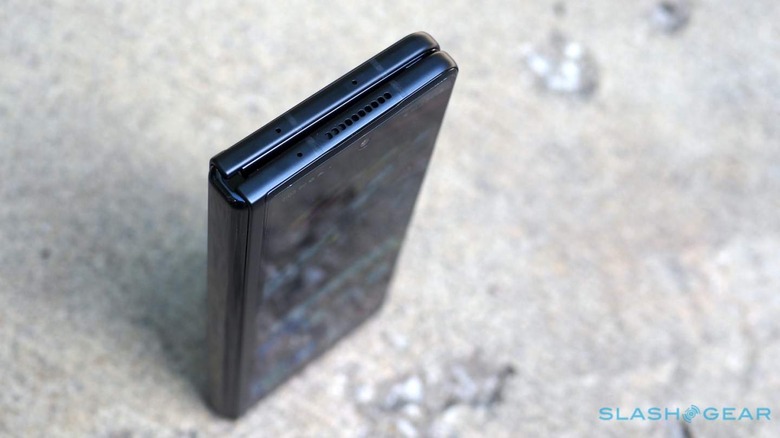
Samsung's no-compromise spec doesn't hurt. Qualcomm's Snapdragon 888 paired with 12GB of memory is plenty fast, and though you don't get a microSD slot there's either 256GB or 512GB of internal storage. The Fold 3 pushes ahead with connectivity as well: 5G with Sub-6 and mmWave support, WiFi 6E, Bluetooth 5.2, UWB, and a USB-C port. The latter supports up to 4K 60fps video output with the right DisplayPort adapter; or you can do 1080p/30 Wireless Smart View with a compatible TV or monitor.
Fold 3, meet S Pen
The increased resilience of the foldable AMOLED isn't just for user reassurance: it also allows Samsung to bring S Pen support to the Fold range for the first time. With no new Galaxy Note expected in 2021, the Fold 3 will be the flagship stylus experience for Samsung. As we saw earlier in the year with the Galaxy S21 Ultra, however, it's not a perfect implementation.
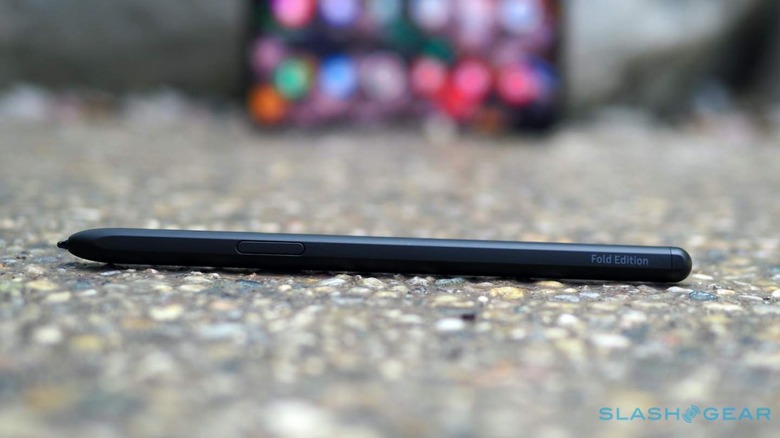
Samsung sells the S Pen separately, from $50, and certainly you don't need it in order to use the Fold 3 comprehensively. With the Wacom-powered, battery-free stylus, though, you can do handwriting recognition, annotate and scribble on PDFs and other files, and use the foldable as a mini graphics tablet.
The inking experience is surprisingly good, smooth even across the crease. There's a side-button on the S Pen which can toggle through different ink types or act as a context-click for navigation. The cheapest version has no Bluetooth inside; you'll need the $100 S Pen Pro if you want to use it as a remote shutter release for the camera, or twirl it around for Air Gestures.
I can't say I really missed either feature with the basic stylus. Once I'd got used to the slightly disconcerting sensation of pressing the S Pen's 1.5mm nib against the flexible display – more a mental hangup from fear of scratching it than any shortcoming of the panel itself – inking felt much like a Note only with more space. The S Pen to Text option proved useful for editing documents, and being able to write directly into text boxes rather than use the split-layout on-screen keyboard was more natural, too.
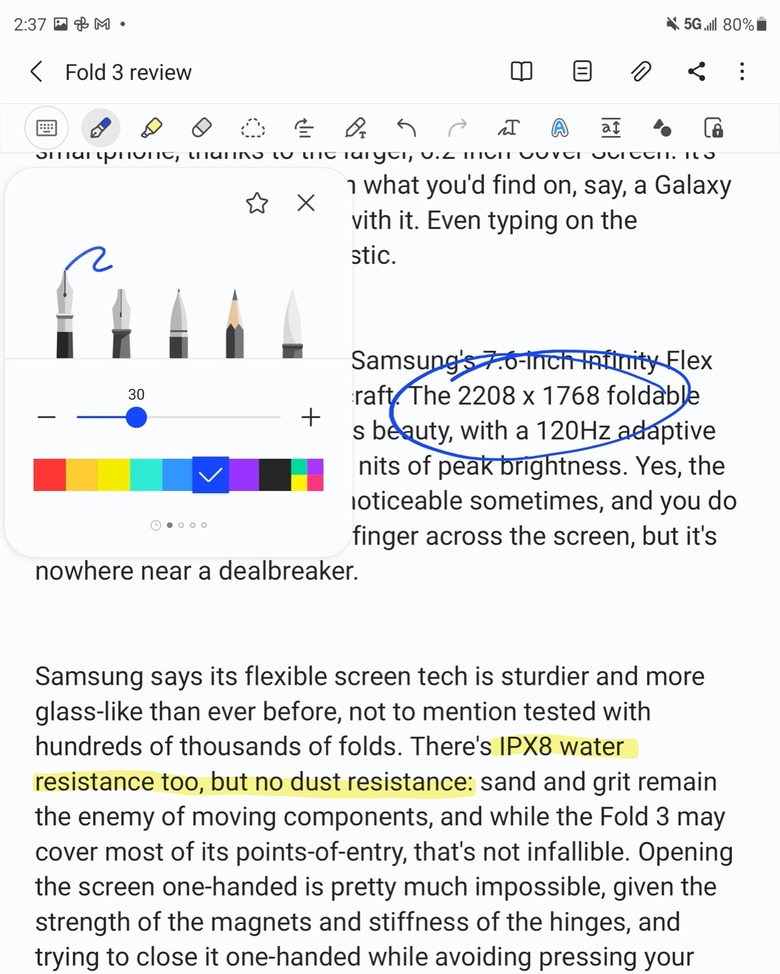
Despite the S Pen, though, the Fold 3 doesn't quite fill the hole Samsung is leaving in the Galaxy Note range this year. The fact that you can't use the stylus with the Cover Screen is an annoyance, though one I can just about get over. The fact, however, that there's no silo for it is a bigger pain.
One of the best things about the Galaxy Note has always been that it makes carrying the S Pen easy. Yes, accommodating a nook into which the stylus can be slotted adds to the overall size, but Note fans never really complained about the "phablet" dimensions. Having your S Pen to hand was worth it.
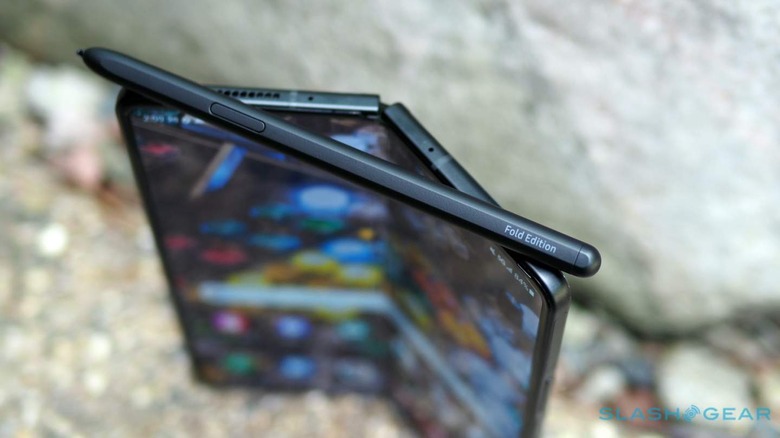
The Fold 3 certainly isn't a small phone, though again it matches its scale with great functionality. That doesn't include somewhere to transport the pen, however, and the bundled case that comes with the stylus is just a protective sleeve: don't expect it to magnetically cling to the side of the phone, or have anything so useful as a clip or loop. Samsung does have a Fold 3 case with S Pen storage, but it looks like a chunky, oversized thing.
Were I the suited businessman which Samsung used to pitch the Note series at in its earlier iterations, I guess I'd have a convenient jacket pocket for the S Pen. I'm not, though, and it felt like Samsung had recognized that the Note had progressed past that narrow niche as well. The Fold 3 may fit in my jeans pocket, but a loose S Pen in there too simply feels clumsy.
Big price, medium battery, no charger
Power was always going to be the Fold 3's big problem: after all, with two large screens, 5G radios, and a hinge to consider, there's not much space for batteries. Samsung squeezes in 4,400 mAh in total, less than the 5,000 mAh it can fit into the Galaxy S21 Ultra.
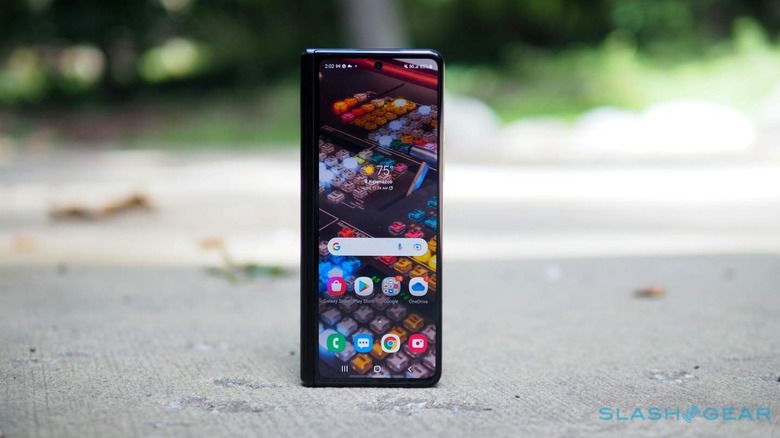
The fact, then, that the Fold 3 can last about a day of moderate use is impressive. Make no mistake, though: if you use the foldable as the do-everything device that Samsung bills it as, you might be looking for a charger come the evening. Don't bother search the box for that, either.
While the Fold 3 supports up to 25W wired fast charging, Samsung is counting on you already having such a charger – or selling you one separately. That seems a little rich, given this is a $1,800 smartphone. There's also 10W fast wireless charging support, and 4.5W reverse wireless charging.
Samsung Galaxy Z Fold 3 Verdict
2021 does feel like the year where foldable phones tip over into the mainstream, though I'm not sure it's the Galaxy Z Fold 3 which does that. The smaller, more affordable Galaxy Z Flip 3 pairs the eye-catching flexible screen tech with what I think is a more obvious pitch: it's a full-sized phone when it's open, and half that size when it's closed. Demand for a full-sized phone that expands into a small tablet seems like it would be smaller.
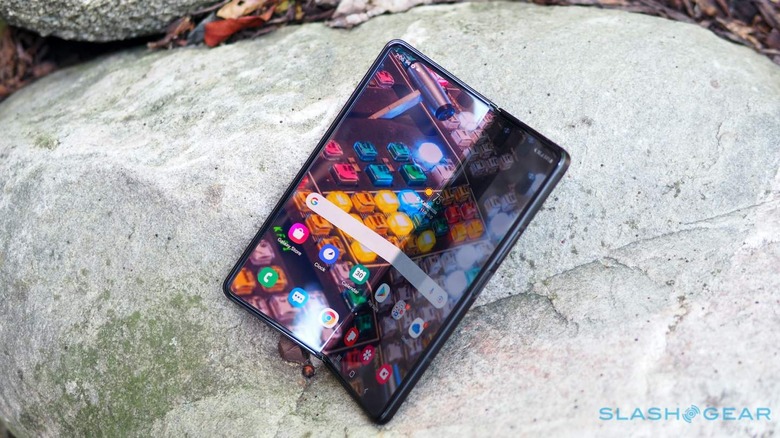
That said, it's difficult not to be wowed at what Samsung has achieved here. Not least because, just three generations ago, the original Fold's disastrous launch seemed poised to torpedo the whole category before it even got started. In the process, Samsung has muscled past Android shortcomings and app-maker apathy to the point where there's more to recommend the Fold 3 than geek-allure alone.
I still don't think most people should buy the Galaxy Z Fold 3. That's because I don't think most people should buy an $1,800 smartphone, though, not because of inherent issues with the foldable itself. Only those with deep pockets – literally and figuratively – should consider Samsung's newest flagship, but that decision feels a lot less frivolous than it did even just 12 months ago.

